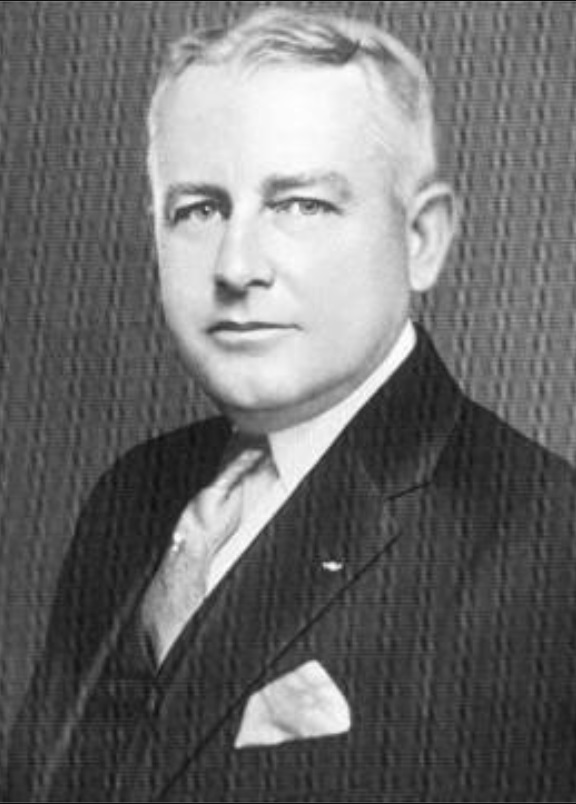Revised:
Jonathan Perry Knight (1872-1953)

Knight of Berrien, as he was known in the Georgia legislature, Jonathan Perry Knight served multiple terms as a Representative from Berrien County and as state Senator from the 6th District. He served as Mayor of Nashville, GA, Judge of the City Court of Nashville, Judge of Alapaha Judicial Circuit, and sought a nomination to the state Supreme Court. Returning to the state legislature he became one of the instrumental supporters for the creation of Lamar County, the effort being led by Dr. Robert C. Woodard.
Jonathan Perry Knight (1872-1953) and Robert C. Woodard (1867-1949) were both born at Ray’s Mill, GA (now Ray City).
Jonathan Perry Knight was born on March 14, 1872, a son of John Graham Knight and Mary A. Davis. He was a grandson of Levi J. Knight, pioneer settler of Ray City. J. P. Knight was educated at the public schools of Berrien County and attended North Georgia Agricultural College in Dahlonega, GA (now the University of North Georgia). He later attended Law School at Mercer University in Macon, GA. Prior to entering state politics, he served as the Clerk of the Superior Court in Berrien County during the sensational trial of James Thomas Beagles, who gunned down his brother-in-law at Ray’s Mill.
As a freshman assemblyman, Knight chastised his fellow legislators for outright “drunkeness” in the Georgia House of Representatives. He promoted prohibition legislation so vigorously, even the production of Coca-cola was threatened.
In the campaign of 1920, Jonathan Perry Knight was willing to “vote the women,” if that was what it took to win the election. He was an ardent campaigner in Tom E. Watson’s successful bid to represent Georgia in the U.S. Senate. Watson had identified as a white supremacist and ran as such during his failed presidential bid in 1908; Watson used his highly influential magazine and newspaper to launch vehement diatribes against blacks, Catholics and Jews. Knight continued his relationship with Watson until the latter’s death in 1922.
Related Posts:
- Knight of Berrien ~ Jonathan Perry Knight
- Jon P Knight Sought Nomination to the Bench
- Nashville’s Whiskey Distillery
- Georgia Prohibition – No Bottle in the House; No Soda at the Fount
- Trial and Incarceration of James Thomas Beagles
- Guy Stokely Selman and Betsey Lurine “Bessie” Cheney
- 1914 Nashville Nine
- Jim Griner ~ Lawman
- Berrien County Cadets and Coeds at Georgia’s “West Point”





